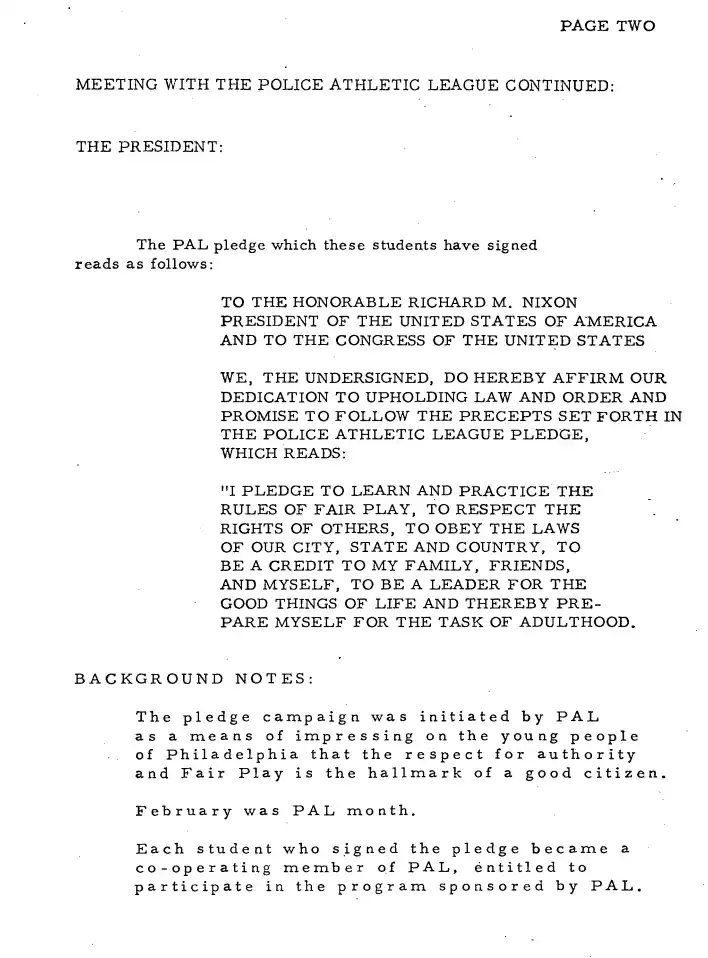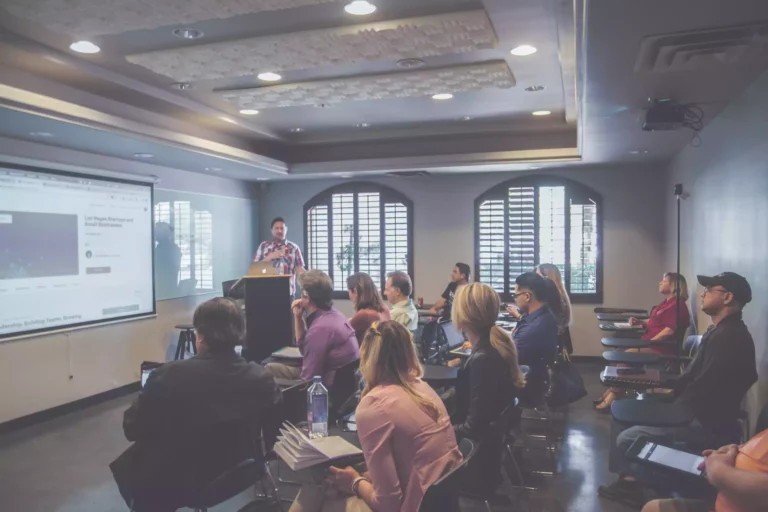History of PALs in the United States
The Police Activities League is an organization dedicated to building positive relationships between young people and police officers. The PALs mission and purpose is to reduce delinquency among youth by providing educational, athletic, and recreational activities that create opportunities for the youth in our communities to thrive.
PALs create a path to success for youth in challenging environments. They have become a critical element in American society, offering communities numerous benefits, and helping many youth find a way out of their situation and into a safer path.
How long has the Police Athletic League been around?
As best we understand, the Police Athletic League was founded in New York City around 1914. It is believed to be the oldest and largest crime prevention program in the United States.
The Police Athletic League has been making a difference in the lives of the youth it serves for over 100 years.
PAL programs have been promoting positive relationships between law enforcement and the youth of their communities since 1914.
New York City PAL grows in support
In a November 1944 New York Times article “Support for Police Athletic League Urged By Valentine as Curb on Delinquency”, New York City’s Police Commissioner Lewis J. Valentine “emphasized that his department’s principal concern was to prevent the youngster from ‘mounting the first step’ onto the line-up platform at Police Headquarters.”
PAL was initially created as a way for underprivileged youth from New York City’s tenements neighborhoods to participate in structured sports programs with NYPD officers acting as mentors.
In 1946, the mayor of New York raises awareness for the NYC PAL program and invests himself in raising half a million dollars to fund the program’s success, the New York Times reports.
“An appeal for financial support of the Police Athletic League in its campaign to raise $500,000 this year was made yesterday by Mayor O’Dwyer to 140 business, labor and civic leaders at a luncheon in the Hotel Commodore. The gathering was held to organize committees preliminary to the opening of the drive on May 1.”
In April of 1969, President Nixon met with with Pennsylvania Senator Hugh Scott, and PAL officers and 125 students from the Philadelphia Police Athletic League in Washington, D.C., at the White House.

In the Rose Garden students presented Nixon with an award, “a life membership card to PAL” and “students will present … scrolls containing 300,000 signatures of Philadelphia students from over 500 public and parochial schools participating in the PAL respect for law program.”

A brief meeting later that day included Bryce N. Harlow, Assistant for Congressional Relations and Senator Scott.

Congress Supports Police Activity Leagues
It wasn’t until October of 2000 though, that US Congress formally acknowledged the importance of the organization, with the National Police Athletic League Youth Enrichment Act of 2000. The Act earmarked $16 million per year for years 2001 through 2005 to improve and expand the PAL program nationally.
Throughout the years, Congress has supported the work of Police Activity Leagues by providing funding for local PAL programs. The 2008 Consolidated Appropriations Act provided $5 million in grants to expand and enhance existing PAL initiatives across the country.
During a visit to the Police Athletic League (PAL) in Harlem, NYC, First Lady Michelle Obama highlighted an innovative partnership between the local elementary school and PAL.

During her visit she participated in various activities with the kids such as basketball drills, a team maze and circuit training.
“And did you know that kids who eat healthy food and do regular physical activity actually do better in school? What you guys are doing here at this Center isn’t just good for your body, it’s also good for your mind. “ Michelle Obama remarked during her visit.
“Lives are being changed all over the country because that is exactly what all of these leaders are doing every day — you all are changing our children’s lives every day. You’re helping them learn and grow and fulfill every last bit of their potential.”
In 2016, Senate Bills 884 and 1837 were passed offering another $10 million in federal funding over a two year period to maintain or increase current levels of support from state/local governments towards their respective PAL chapters as well as provide additional resources such as equipment for activities.
More recently, President Donald Trump’s 2019 budget included an additional $5 million earmarked specifically for these types of youth recreation initiatives.
Police Activity Leagues today
Overall these initiatives allow community members more access to law enforcement and creates opportunities to form lifelong bonds with positive role models.
Next Steps and More Resources
- Learn more about the activities offered by Police Activity Leagues.
- Learn more about how your community benefits from having a Police Activity League.
- Learn more about the purpose and mission of Police Activity Leagues.
- Explore the history and differences of Police Athletic Leagues and Police Activity Leagues.
- What does PAL stand for in sports?


